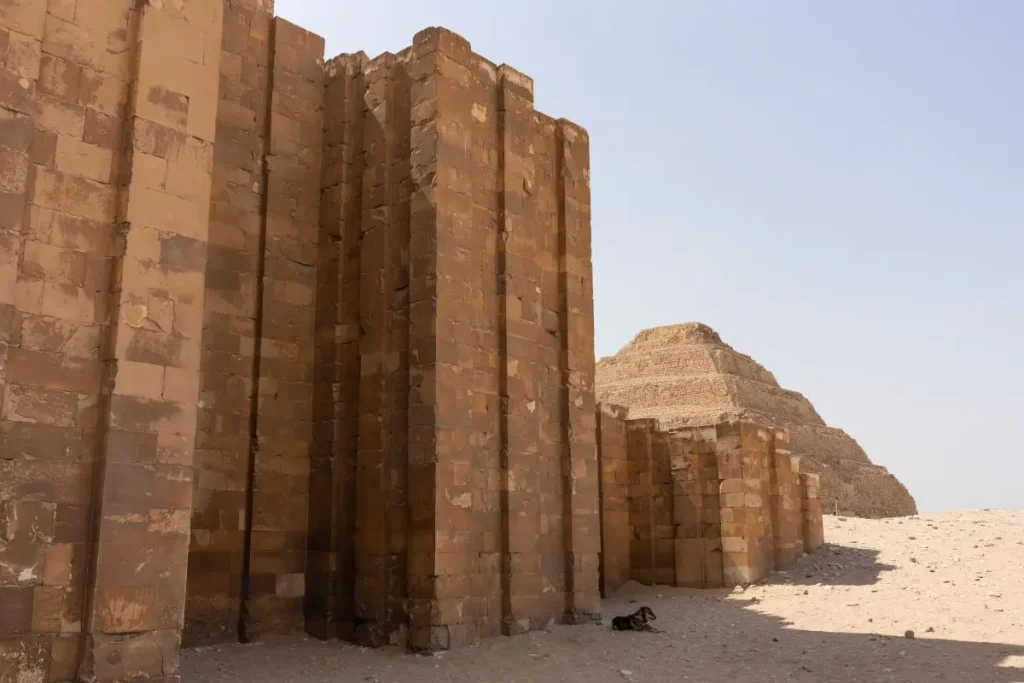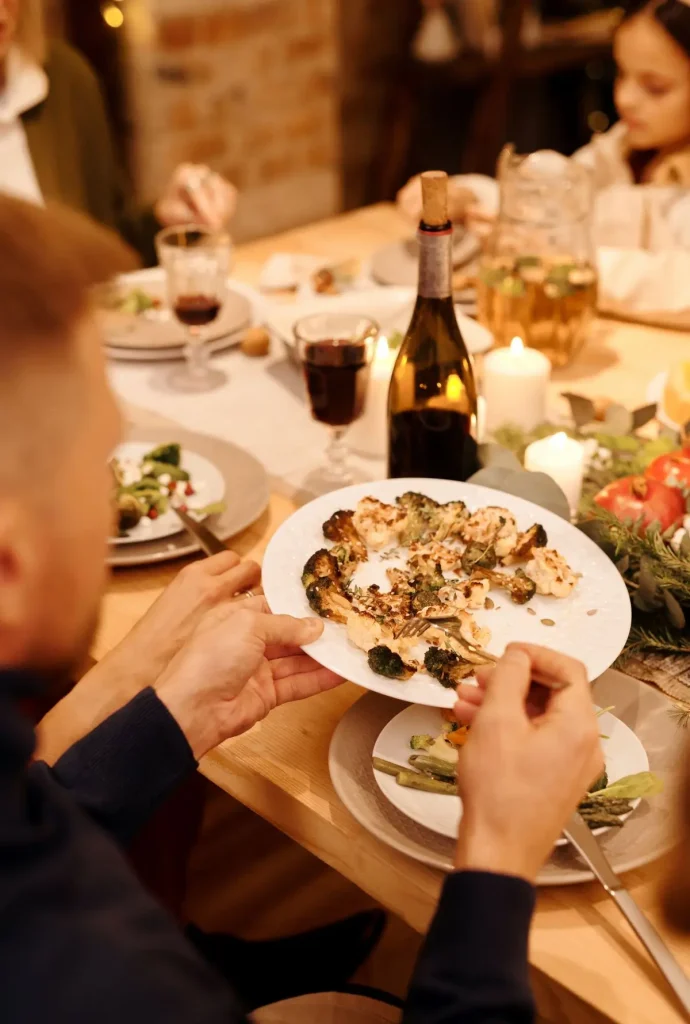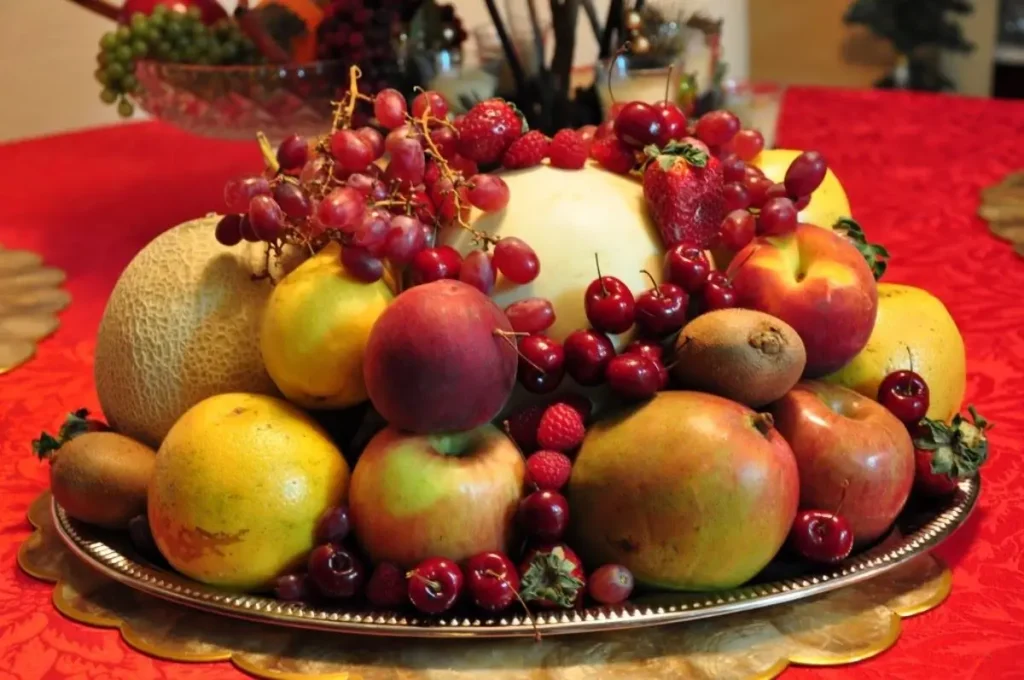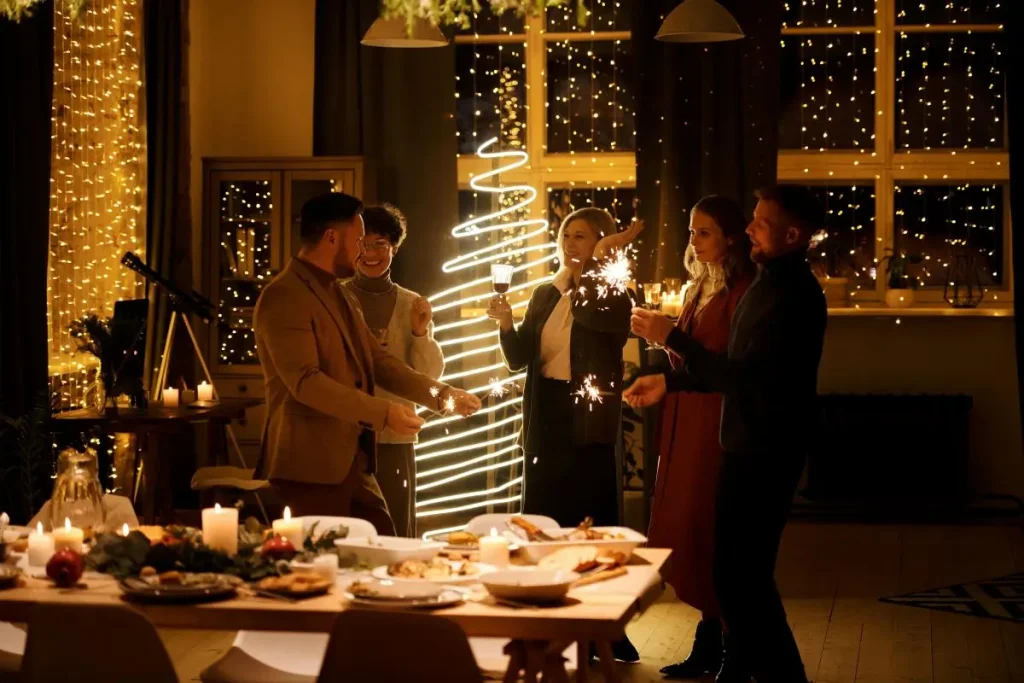December 31, the last day in the Gregorian calendar is also known as Old Year’s Day or St. Sylvester’s Day in many countries. It is more commonly known as New Year’s eve. Around the world, this night is spent partying and having fun with celebrations filled with eating, drinking, dancing, watching and even lighting of fireworks.
As the old year bids goodbye and the new year ushers in, people around the world ring in the new year in so many ways. It is quite remarkable how some of these colorful and lively traditions that date back in ancient times are still so popular even in modern times. A lot of new year’s eve traditions had been practiced and past on from one generation to another around the world. Some call them superstitions while others claim them to be practices that bring them luck, abundance and blessings in the coming year. New year celebrations all over the world signify hope and there is always something good to look forward to.
Ancient New Year’s Celebrations
The very first recorded New Year‘s celebration dates back some 4,000 years ago when the Babylonians marked the occasion during the first new moon following the vernal equinox. This was the day in late March where there is an equal amount of sunlight and darkness. They considered this day as the start of a new year. On that day, they celebrated with a massive religious festival called Akitu, a term derived from the Sumerian word for barley they cut during spring. In addition to the celebration of a new year, this day also served as a commemoration of the mythical triumph of Marduk, the Babylonian sky god, over the evil sea goddess Tiamat. This day also served a significant political purpose where they normally crown a new king or symbolically renew the current ruler’s divine mandate.
In ancient Egypt, the new year began during the annual flooding of the Nile river. This occurrence coincided with the rising of the star Sirius. It was said that the start of the Lunar new year happened during the second new moon after the winter solstice.

During the 8th century B.C., under the reign of Romulus, the founder of Rome, the early Roman calendar consisted of 10 months with only 304 days. The start of the new year then was at the beginning of the vernal equinox. However, during the reign of King Numa Pompilius, two months were added namely Januarius and Februarius completing the 12 months in one year that we know now..
The calendar fell out of sync with the sun over the centuries. During the reign of Emperor Julius Caesar in 46 B.C, he decided to correct this. After consultations with prominent astronomers and mathematicians during that time, the Julian calendar was first introduced. It resembled the Gregorian calendar that is currently being used by most of the countries in the world today. It was also Julius Caesar who instituted January 1 as the start of the year. It was to honor the Roman god, Janus, the god of new beginnings. The god was said to be two-faced, allowing it to look back to the past and to look forward to the future. It was during this time that the celebration consisted of sacrifices offered to Janus, gifts were exchanged with one another, houses were decorated with laurel branches and parties were done in a loud and rowdy fashion.
It was in 1582 when Pope Gregory XIII reestablished January 1 as New Year’s Day. Prior to this, Christian leaders in medieval Europe temporarily replaced January 1 as the start of the new year. They preferred a day with more religious significance as the start of the new year.
New Year’s Eve Traditions and Celebrations Around the World
Most countries all over the world celebrate the new year beginning at the eve of December 31 to the early hours of January 1. Although located in different parts of the world, it is surprising to know that there are differences yet similarities as they welcome the first day of the year. Ring In 2024 with these time-honored new year’s traditions.
Enjoy Meals and Snacks
A celebration will never be complete without a feast. Hence, the new year is anticipated while sharing a hearty festive meal among dear family and friends. The symbolic dishes carry with them positivity and luck for the new year.

In Spain and other Spanish-speaking countries, they consume a dozen grapes before midnight. The 12 grapes signify their hopes for each month of the incoming year. Even in the Philippines, as they are colonized by Spain for a long time, this tradition is also being observed.
In Italy, legumes are part of the dishes prepared while in the southern United States, black-eyed peas are among the dishes prepared. These round-shaped vegetables resemble coins and symbolizes financial success in the future.
In Austria, Cuba, Hungary, Portugal as well as in the Philippines, pork dishes are present on their tables as they consider pigs to represent prosperity as well as progress.
In Greece, Mexico, Netherlands and other countries, ring-shaped cakes and pastries are part of their feast. These signifies that the year had come in full circle.
Moroccans come together to eat cake, dance and have a good laugh among themselves.
In Norway and Sweden, they hide almonds in rice puddings and whoever gets the rice pudding with an almond inside is believed to expect good fortune in the coming year.
In the Philippines, it is customary to have 12 kinds of round fruits to serve as the centerpiece on the dining table. An abundant feast called media noche is prepared to attract abundance and prosperity in the coming year. The feast consists of typical yet symbolic dishes like pancit, a noodle dish which symbolizes longer life. Ham and lechon or roasted pig, are symbols of abundance. They also serve round food for media noche like queso de bola as rounded objects are believed to attract money. Desserts and anything sweet are also prepared to attract a sweeter year ahead.

Photo from: https://owlcation.com/
Jump Seven Waves
This is a new year tradition in Brazil where they jump over seven waves while making a wish on every jump. They believe that by doing do brings good luck to the new year.
Wear White
Still in Brazil, people wear white to welcome the new year. This is believed to bring good luck and peace.
Wearing Polka Dots
The idea of having something round extends to wearing clothes with polka dots as they are believed to increase the chances of for good luck as well as financial blessings in the coming year. Some even fill their pockets with coins.

Mistletoe Under the Pillow
This is an Irish new year tradition. They put a branch of mistletoe under the pillow believing they would dream of their future love. Aside from mistletoe, they also use sprigs of ivy or holly for the same reason.
Swing and Bang Some Bread
Another Irish new year tradition is banging loaves of Christmas bread on doors and walls of the house. This interesting food-related new year tradition is believed to drive away evil spirits and start with the new year on a clean slate to ensure a prosperous and healthy new year.
Carry An Empty Suitcase
The Colombians believe that if they carry an empty suitcase around the block on New Year’s eve would bring them opportunities to travel for the whole year. This may be a new tradition for people who wish or love to travel.
Watch the Times Square Ball Drop
The New Year’s Eve celebration in New York City will never be complete without the iconic tradition of having the New Year’s Eve crystal ball drop in Times Square. It debuted in 1907 and had been observed until now. People either flock the streets or watch in the convenience of their homes during New Year’s eve to witness this yearly spectacle.

Make Some Noise
Many countries around the world welcome the new year with lots of noise either from firecrackers, party horns, car horns, banging of pots and pans and from all sorts of noise makers. It is believed that these loud sounds drive away evil spirits as well as all the bad luck of the past year.
Watch Fireworks
The tradition of watching fireworks display had been observed in many countries such as Algeria, Australia, Brazil, Egypt, Ghana, Morocco, South Africa and Thailand. Some of the countries even have the most elaborate fireworks display for the new year’s celebration. Here in the Philippines, some popular malls showcase fireworks display throughout the Christmas season and not just for the new year. People gather to watch the bright and colorful spectacle as fireworks light up the sky. Although no longer encouraged, some still come up with their own fireworks display as well as lighting firecrackers when the clock strikes midnight right in their own homes.
Watch the fireworks with your neighbors among the residential properties that is safe and secure.
Make a Fish Dish
Other countries consider it lucky to prepare a fish dish as main entree. It’s for the reason that the fish only moves in one direction which is to swim forward just like the movement of time.
Late Night Partying

People around the world spend New Year’s eve with fun parties. In Algeria, concerts were held and the party continues until midnight where they light fireworks and shouts “Bonne année !” Same is true in Egypt where they spend time with friends and family. People in Ghana either party in nightclubs while others take the celebration to the street. Some Moroccans and Nigerians also celebrate the new year in nightclubs while Bangladeshis go to clubs and hotels to party
Avoid Chicken
It is customary in the Philippines to avoid chicken dishes during media noche. The chicken’s scratching and pecking movement is believed to be indicative of a hand-to-mouth existence. Although just a superstition, Filipinos find a way not to include a chicken dish on their new year’s spread.
Jump Into 2024
People in Denmark jump off from chairs when the clock strikes midnight on new year’s eve to symbolize leaping into the new year with good luck and while warding off evil spirits. In the Philippines, jumping on new year’s is also practiced but for the belief that it would help in growing a few inches taller.
Buy a New Lucky Charm
In Germany and Austria, the pig is one of the symbol of luck. They do not only serve pork dishes as part of the new year feast, they also consider this as a lucky charm. Aside from the pig, they also consider mushrooms, clovers and chimney sweeps as lucky symbols. Hence, they make sure they have a new year’s stash of lucky charms. They also give them as gifts to share luck and good fortune to people dear to them.
Give Gifts

In Soviet Russia, New year’s day is the gift-giving day of the year. Ded Moroz or Father Frost, their version of Santa, delivers the gift. He is accompanied by Snegourochka, his granddaughter for this endeavor.
Smash a Plate
There is an interesting new year’s eve tradition in Denmark. People go around smashing dishes on the doorsteps of their friends and family. This is customary as they consider broken dishes are a good thing. They believe that the more shards there are on the doorstep on new year’s day, the residents of that house are luckier and more well liked.
Smash a Peppermint Pig
This tradition in Saratoga Springs in New York started in 1880’s with candy makers of the place. The smashing of a candy pig placed inside a velvet bag is believed to bring good health, happiness and prosperity in the new year.
Make A Resolution
The new year is the best time to draw a resolution. Hence, ensure that new year’s resolution would be doable and realistic. Let it be a guide for a better new year and my it resolve issues encountered in the past year.
Conclusion
So, raise that glass and celebrate the lessons learned from 2023 and look forward to endless possibilities for 2024. However the new year is celebrated, be it fun and rowdy or peaceful and calm, there is always a reason for celebrating a bright and festive new year celebration. May the coming new year be filled with bountiful blessings and everything your heart could ever wish for!


